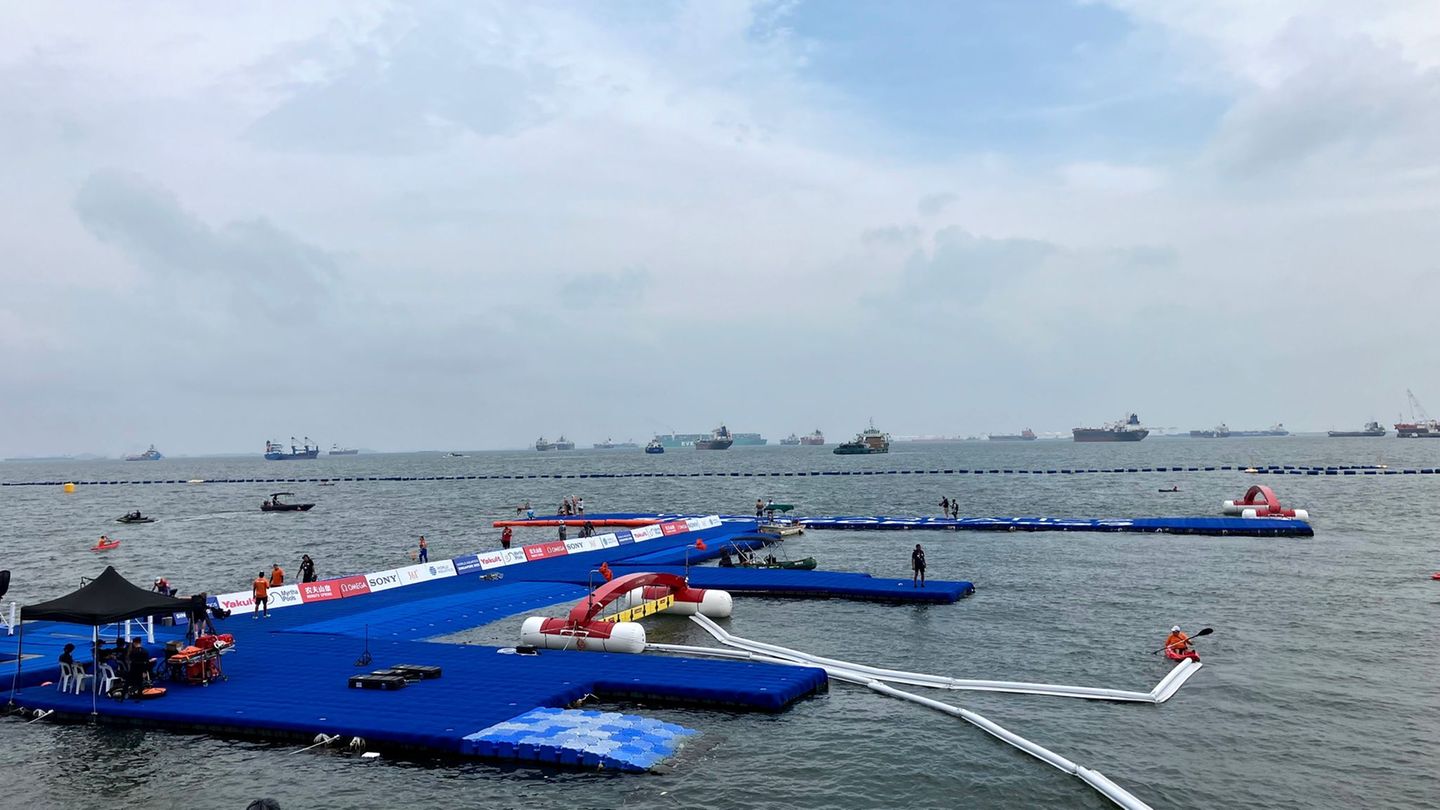NASA’s long-awaited attempt to return astronauts to the moon is at least three years away, half a century after the end of the Apollo era. The combined SLS-Orion spacecraft is scheduled to launch from Kennedy Space Center in Cape Canaveral and send the unmanned capsule on a six-week test flight called “Artemis I” around the moon and back to Earth.
$37 billion cost
“We’re ready for launch,” NASA Deputy Administrator Bob Cabana, a former space shuttle pilot and commander, said at a news conference earlier this week. The purpose of the trip is to subject the world’s most complex and powerful rocket to rigorous real-world stress testing before SLS is approved to carry astronauts. SLS is the largest rocket NASA has built since Saturn-V, flown during the Apollo lunar program in the 1960s and 1970s.
After more than a decade of development, years of delays and billions of dollars in cost overruns, the SLS Orion spacecraft has cost NASA at least $37 billion so far. Congress has continually increased NASA’s budget and allocated funds to Artemis. Major financial beneficiaries include SLS and Orion’s prime contractors – Boeing Co. and Lockheed Martin Corp. respectively.
ESA also involved
ESA is also involved in the mission and is supplying an important component of the “Orion” spacecraft with the European Service Module (ESM). The ESM, built by Airbus and weighing almost 13 tons, is the heart of the Orion space capsule. It takes care of its propulsion, energy supply and thermal regulation and will supply the astronauts with water and oxygen on future missions. The Austrian companies TTTech and Magna have supplied components for Orion, TTTech also for ESM.
NASA’s Artemis program – the Greek goddess Artemis was Apollo’s twin sister in mythology – aims to return astronauts to the moon as early as 2025 and establish a long-term lunar colony as a springboard for even more ambitious future trips to Mars. “Even with the budget boost, it’s doubtful that NASA will land humans on the moon by 2025,” Lori Garver, who served as NASA assistant administrator during the rocket’s conception, told Reuters. If all goes well, it could happen in the years to come.
First woman and first colored astronaut
Twelve astronauts were on the moon during the six Apollo missions from 1969 to 1972. They were the only space flights so far in which people set foot on the moon’s surface. All of these missions explored regions around the lunar equator.
Last Friday, NASA announced 13 potential landing zones around the moon’s south pole. That’s where she wants to send her new generation of astronauts, including the first woman and first black person to walk on the moon. A successful SLS Orion launch is a crucial first step there. The massive, 98-meter-tall spacecraft was slowly towed to launch pad 39B last week after weeks of final preparations and ground testing.
Starts Monday at 2:33 p.m
Barring any last-minute technical glitches or unfavorable weather conditions, the four SLS main engines and solid rocket boosters will fire at 2:33 p.m. EST on Monday (29 August) and launch the spacecraft into the sky. Should the countdown delay beyond the two-hour launch window, NASA has designated September 2 and September 5 as alternate launch dates.
After separating from the rocket’s upper stage more than 3,700 kilometers from Earth, Orion’s engines will be fired to put the capsule on course. This takes them up to 100 kilometers from the surface of the moon before they fly around 64,400 kilometers beyond the moon and back to earth. After the service module ESM is undocked, which burns up in the earth’s atmosphere, the capsule is then scheduled to land in the Pacific Ocean on October 10th.
Orion is unmanned but will carry a simulated crew of three – one male and two female dummies. Sensors are used to measure the exposure to which a real crew would be exposed, such as radiation levels.
Artemis III to land on the moon
If successful, “Artemis I” would pave the way for the first manned SLS Orion mission, a round trip around the moon. “Artemis II” is scheduled to start as early as 2024, followed by “Artemis-III” with the planned landing on the moon a year – or more – later.
“Artemis III” will be significantly more complex, combining the SLS Orion system with spacecraft built and flown by Elon Musk’s company SpaceX. The plan calls for a four-person Orion crew in space to dock with a SpaceX lander that will take two astronauts to the lunar surface for nearly a week.
This requires SpaceX’s Starship heavy-duty launch and lunar landing vehicle, which is still under development, as well as components yet to be constructed, such as an orbital fuel depot and space tanker. The new moonwalk suits have yet to be designed.
Source: Nachrichten




